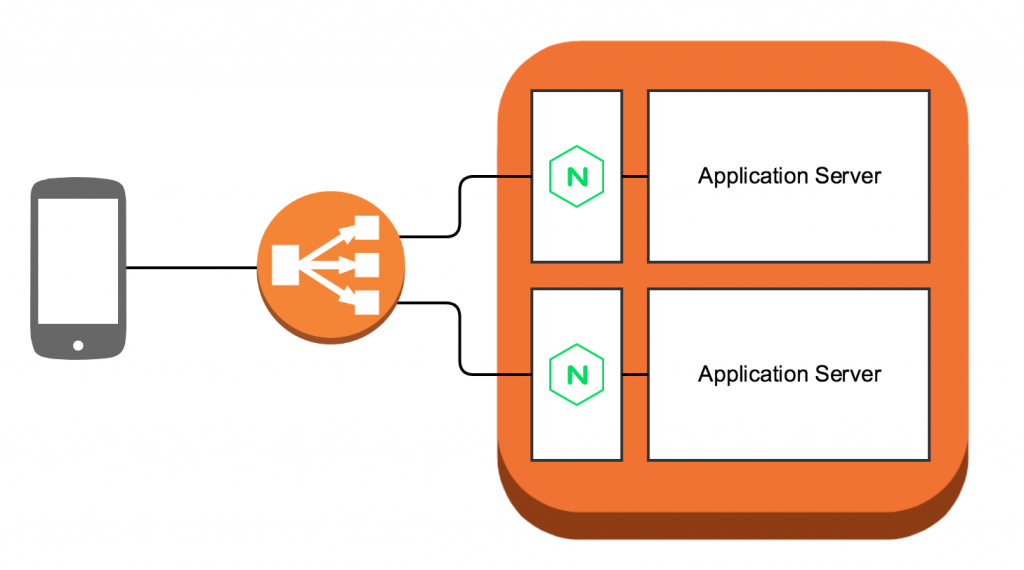AWS Compute Blog
Tag: Amazon ECS
Introducing Cloud Native Networking for Amazon ECS Containers
This post courtesy of ECS Sr. Software Dev Engineer Anirudh Aithal. Today, AWS announced task networking for Amazon ECS. This feature brings Amazon EC2 networking capabilities to tasks using elastic network interfaces. An elastic network interface is a virtual network interface that you can attach to an instance in a VPC. When you launch an […]
Under the Hood: Task Networking for Amazon ECS
This post courtesy of ECS Sr. Software Dev Engineer Anirudh Aithal. Today, AWS announced task networking for Amazon ECS, which enables elastic network interfaces to be attached to containers. In this post, I take a closer look at how this new container-native “awsvpc” network mode is implemented using container networking interface plugins on ECS managed instances (referred […]
Creating a Cost-Efficient Amazon ECS Cluster for Scheduled Tasks
September 8, 2021: Amazon Elasticsearch Service has been renamed to Amazon OpenSearch Service. See details. Madhuri Peri Sr. DevOps Consultant When you use Amazon Relational Database Service (Amazon RDS), depending on the logging levels on the RDS instances and the volume of transactions, you could generate a lot of log data. To ensure that everything […]
Deploying an NGINX Reverse Proxy Sidecar Container on Amazon ECS
Reverse proxies are a powerful software architecture primitive for fetching resources from a server on behalf of a client. They serve a number of purposes, from protecting servers from unwanted traffic to offloading some of the heavy lifting of HTTP traffic processing. This post explains the benefits of a reverse proxy, and explains how to […]
Deploying Java Microservices on Amazon Elastic Container Service
This post and accompanying code graciously contributed by: Huy Huynh Sr. Solutions Architect Magnus Bjorkman Solutions Architect Java is a popular language used by many enterprises today. To simplify and accelerate Java application development, many companies are moving from a monolithic to microservices architecture. For some, it has become a strategic imperative. Containerization technology, such […]
Blue/Green Deployments with Amazon Elastic Container Service
This post and accompanying code was generously contributed by: Jeremy Cowan Solutions Architect Anuj Sharma DevOps Cloud Architect Peter Dalbhanjan Solutions Architect Deploying software updates in traditional non-containerized environments is hard and fraught with risk. When you write your deployment package or script, you have to assume that the target machine is in a particular […]
Powering your Amazon ECS Cluster with Amazon EC2 Spot Instances
This post was graciously contributed by: Chad Schmutzer Solutions Architect Shawn O’Connor Solutions Architect Today we are excited to announce that Amazon EC2 Container Service (Amazon ECS) now supports the ability to launch your ECS cluster on Amazon EC2 Spot Instances directly from the ECS console. Spot Instances allow you to bid on spare Amazon […]
Building High-Throughput Genomics Batch Workflows on AWS: Workflow Layer (Part 4 of 4)
This post is courtesy of Aaron Friedman – Healthcare and Life Sciences Partner Solutions Architect at AWS and Angel Pizarro – Scientific Computing Technical Business Development Manager at AWS This post is the fourth in a series on how to build a genomics workflow on AWS. In Part 1, we introduced a general architecture, shown below, and […]
Building High-Throughput Genomic Batch Workflows on AWS: Batch Layer (Part 3 of 4)
This post is courtesy of Aaron Friedman – Healthcare and Life Sciences Partner Solutions Architect at AWS and Angel Pizarro – Scientific Computing Technical Business Development Manager at AWS This post is the third in a series on how to build a genomics workflow on AWS. In Part 1, we introduced a general architecture, shown below, and […]
Building Scalable Applications and Microservices: Adding Messaging to Your Toolbox
Jakub Wojciak, Senior Software Development Engineer Throughout our careers, we developers keep adding new tools to our development toolboxes. These range from the programming languages we learn, use, and become experts in, to architectural components such as HTTP servers, load balancers, and databases (both relational and NoSQL). I’d like to kick off a series of […]


